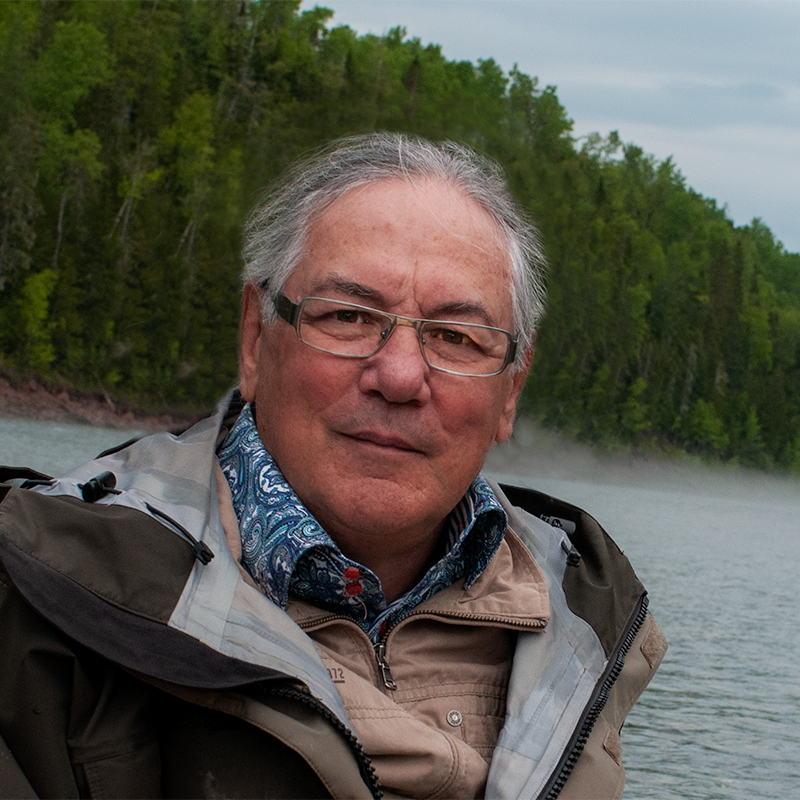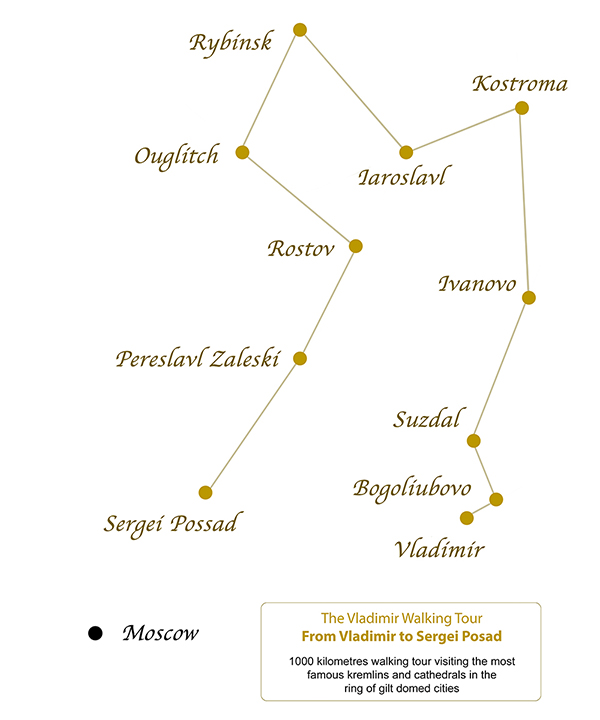Introduction to the tour
In the Vladimir Walking Tour, lasting some five months (see logistics below), I will visit a dozen cities North East of Moscow. They are of great importance in the history of Russia. Birth place for the Russian Eastern Orthodoxy the region also witnessed most of the historical events that shaped its history since its foundation in Novgorod over 1200 years ago, by the Varangian prince, Rurik. From this area, two dynasties, the Rus and the Romanovs, have ruled a region spanning almost half the globe, from Europe to the Pacific, shaping its tough character, and protecting its people all this time from constant invasions coming from South, West and East. Great names, such as Alexander Nevsky, Prince Vladimir or Sophia Paleologue will become well known names in this combined historical & religious project.
The tour is to be a meditative reflection on the status of world affairs and how, looking in the past through the prism of art and history, it might help us bring about new solutions for world peace and possibly even share some of it on Internet's social networks. Russian Eastern Orthodoxy was handed down to Russia from as far back as the 9th century and it has showed a path of resilience and hope to countless generations to this day. Several sister Eastern Orthodox Churches span the world today!
Since the “walking” in its long consecutive hours, will be a highly meditative process, it seems to me the ideal vehicle to look into our common past, study it honestly and reflect on the impact it has left behind, for us and future generations; the lessons from which we might use to continue on and march towards a better understanding of our common future.
Thus I offer you: The Vladimir Walking Tour IN 2025!
ABOUT THE TOUR
Why Vladimir to Sergeyev Posad?
Holy Vladimir brought Orthodoxy to the Rus in the 9th century. I believe it is thus very important to start and end the tour in two of the most revered cities of Russia, to better impact popular imagination and spark a trend that would, for years to come, perpetuate the tour, somewhat similar to Saint Jacques of Compostela and what his actions did to the common memory of the Catholic Christians of Europe.
Vladimir
Vladimir is certainly one of the most holy of all Russian cities. First, because of Vladimir The Great, father of Russian Orthodoxy, who ultimately imported from the Byzantine Empire in the 10th century and imposed Eastern Orthodox Christianity on the Rus duchies. It is also where Saint Alexander Nevsky, is buried; for he is the one who united the Muscovy duchies and made peace with the Golden Horde, allowing extraordinary economical and religious autonomy of his people during the 13th & 14th centuries.
Sergeyev Posad
The city’s main point of interest is The Trinity Lavra of St. Sergius, a unique historical kremlin (fortress). Within its walls is the tomb of Saint Sergius of Radonezh, one of Russian Orthodoxy’s most famous saint, buried in his own cathedral, dedicated to The Holy Trinity. The extraordinary kremlin also holds countless historical monuments, a working Orthodox ecclesiastical academy, the refectory of St. Sergius, the Godunov burial memorial…and of course, the magnificent six-pillared Dormition Cathedral, which was commissioned by Ivan the Terrible in 1559, a larger replica of its namesake is also found in the Moscow Kremlin.
LOGISTICS
Summary of the walking tour logistics
Looking at the map below, The Vladimir Walking Tour begins in South East corner in Vladimir, one of the medieval capitals of Russia, with significant buildings surviving from the 12th century. The tour then runs counter clockwise, going North to Suzdal, capital of the Rostov-Suzdal principality, a very important historical and religious stopping point. Going through Ivanono, a Soviet era industrial textile center, the Vladimir Walking Tour continues to Kostroma, the northernmost towns of the Grand Duchy of Moscow in the 13th Century.
Moving West, the first key point will be Iaroslavl, oldest of the towns on the Volga, founded by Iaroslavl the Wise, a prince of Kievan Rus, and further North to Rybinsk, the oldest Slavic settlements on the Volga, first recorded by chroniclers in 1071; originally called Sloboda it allowed merchant shipping to flow from the Baltic Sea down the Volga all the way to Byzantium (Constantinople).
Heading South, the next key point along The Vladimir Walking Tour, will be the most holy Uglitch, border town of the Grand Duchy of Moscow, burned several times by Lithuanians, Tatars, and the grand prince of Tver and very much part of Ivan IV The Terrible history. It was considered a “must” pilgrimage place by the Romanovs. Continuing on, we reach Rostov, first mentioned in the year 862 as an important settlement, and by the 10th century Rostov became the capital city of one of the most prominent Russian principalities.
The Vladimir Walking Tour ends going South West towards Moscow, with the cities of Pereslavl, devastated numerous times by the Mongols, where Peter the Great built his first naval flotilla; and finally Sergeyev Posad, birth place of the 14th century Russian icon artist Andrei Rublev, and home for the famous monastery, The Trinity Lavra of St. Sergius, founded in 1337 by one of the most venerated Russian saints, Sergius of Radonezh!
THE GILT DOMED CITIES
Here are previews of the twelve main cities in the tour. Many other cities and villages will be visited along the way. Links in the thumbs redirect to the city's Wikipedia page
-
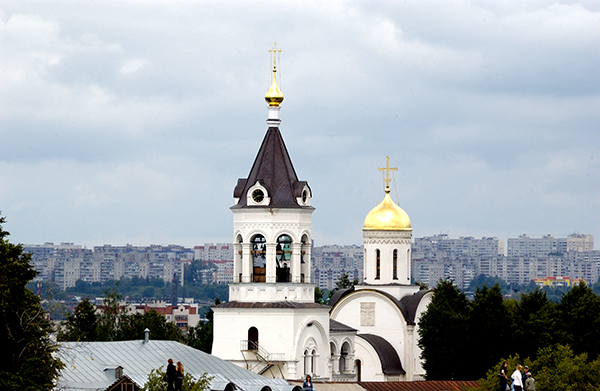
Vladimir
Starting point of the tour in the Vladimir oblast
-
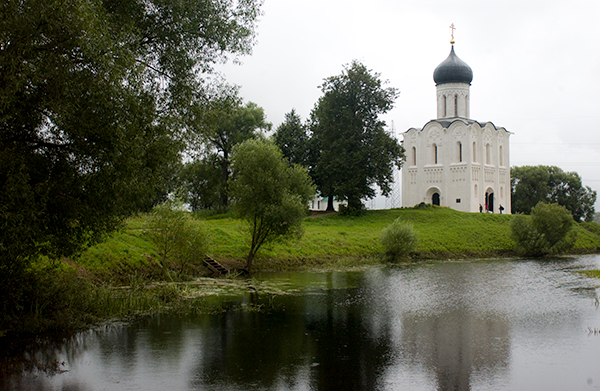
Bogoliubovo
An absolute jewel of orthodox architecture
-
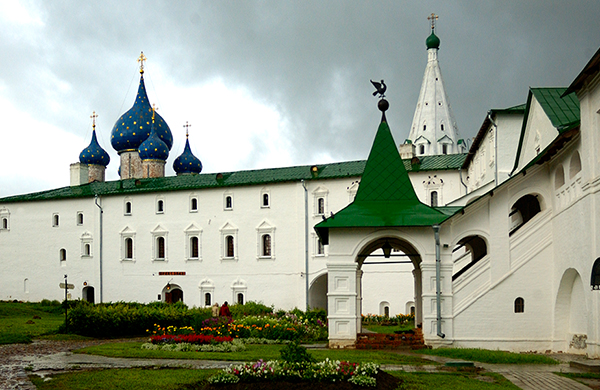
Suzdal
Suzdal is one of the oldest Russian towns dating back to the 12th century
-
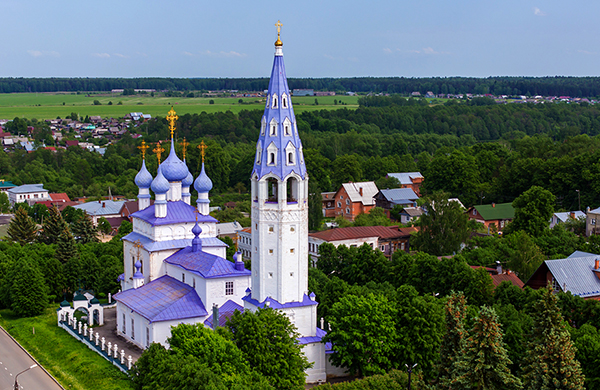
Ivanovo
There are several objects of cultural heritage in Ivanovo
-
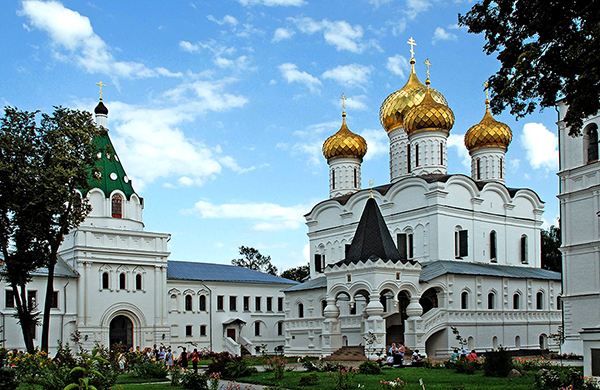
Kostroma
The city is located at the confluence of the Volga and Kostroma Rivers
-
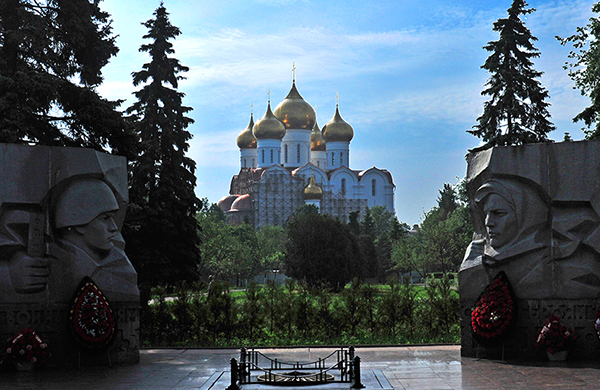
Yaroslavl
The historic part of the city is a World Heritage Site
-
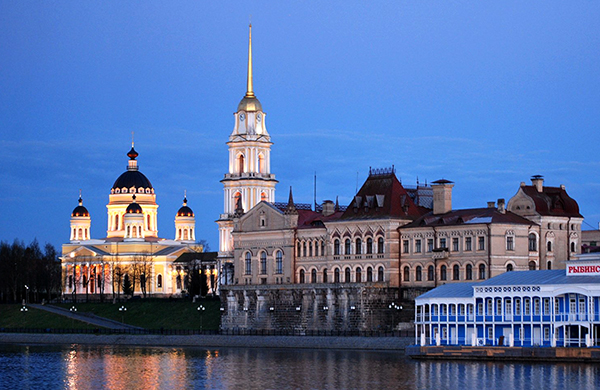
Rybinsk
Rybinsk, dating back to 1071, is one of the oldest Slavic settlements on the Volga River
-
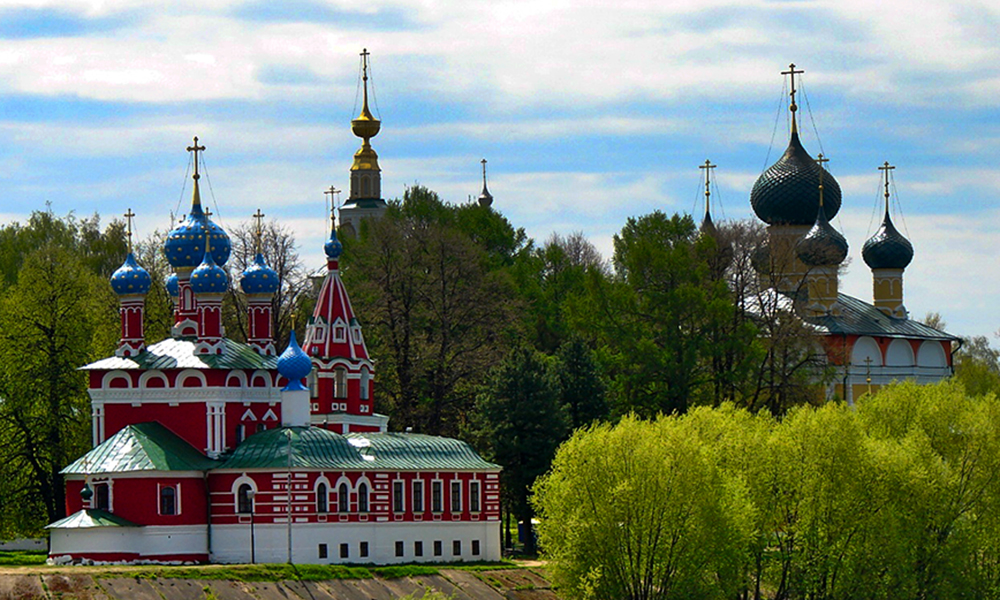
Uglich
Uglich had been the seat of a small princedom from 1218 until 1328
-
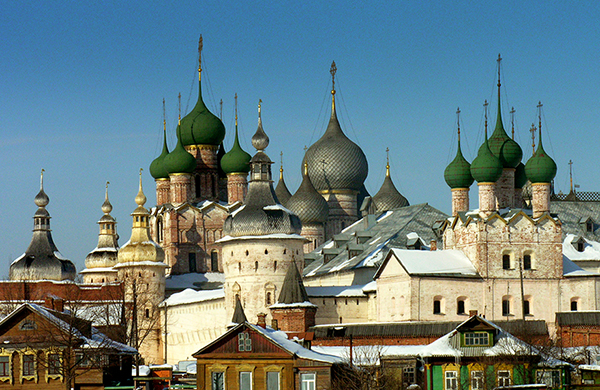
Rostov
One of the oldest in the country and a tourist center of the Golden Ring
-
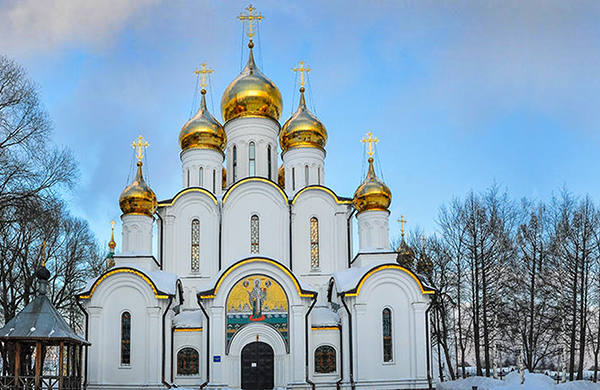
Pereslavl Zaleski
Tsar Peter the Great's residence when he worked on his fleet on the nearby lake
-
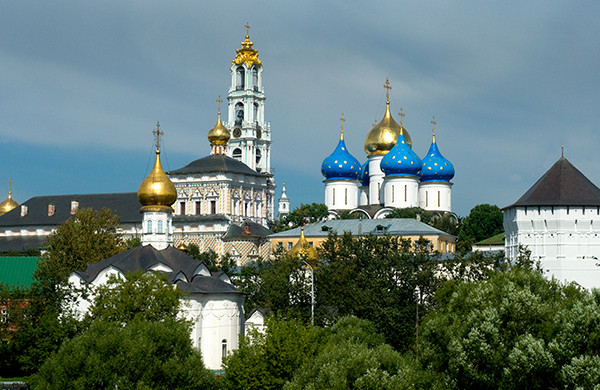
Sergiyev Posad
Home of the Trinity Lavra of St. Sergius monastery founded in 1337
PUBLIC EVENTS

RUSSIA BEYOND THE HEADLINES
Live video stream with Russia Beyond | 50 minutes with Tim Kirby
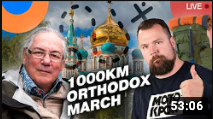
VIEW THE YOUTUBE VIDEO
YOUR CONTRIBUTION
The Vladimir Walking Tour 2025 is not a commercial venture, it is planned to be a charitable one
Of course it should cover all its costs which I hope will be compensated by sponsorships and public participation. However any amounts accumulated once the project is over, that is when the tour is terminated, I hope to donate to any charitable event in Russia deemed important by the local churches. I will also try to turn the one time event into a recurring one, helping others in the future who would like to accomplish the same tour. But again, all proceeds after costs are accounted for will be directed to charitable events.
For the moment, sponsors and patrons can forward to me their monetary contributions in one of the following method. Also, a detailed running costs & revenus spreadsheet will be kept and available to anyone caring to look at it!
1 PayPal
Send money directly through the PayPal system to the Vladimir Walking Tour2 Interact
Send direct payment form their bank via the world wide Interact system by addressing to the name and email address in the CONTACT section below1 Western Union
Direct payment to my name at the address in Contact Info below in the CONTACT sectionYOU WANT TO BE PART OF THIS UNIQUE PROJECT
Leave a Message of interest stating your intended objectivs
Contribute financially through Western Union PayPal or Interact
Participate in the project or host the Walker along the way
Get the YouTube channel links starting IN 2025
Sign up to the email news leter below
CONTACT ME
Andre Beriault Kuala Lumpur Malaysia
aberiault@protonmail.com
